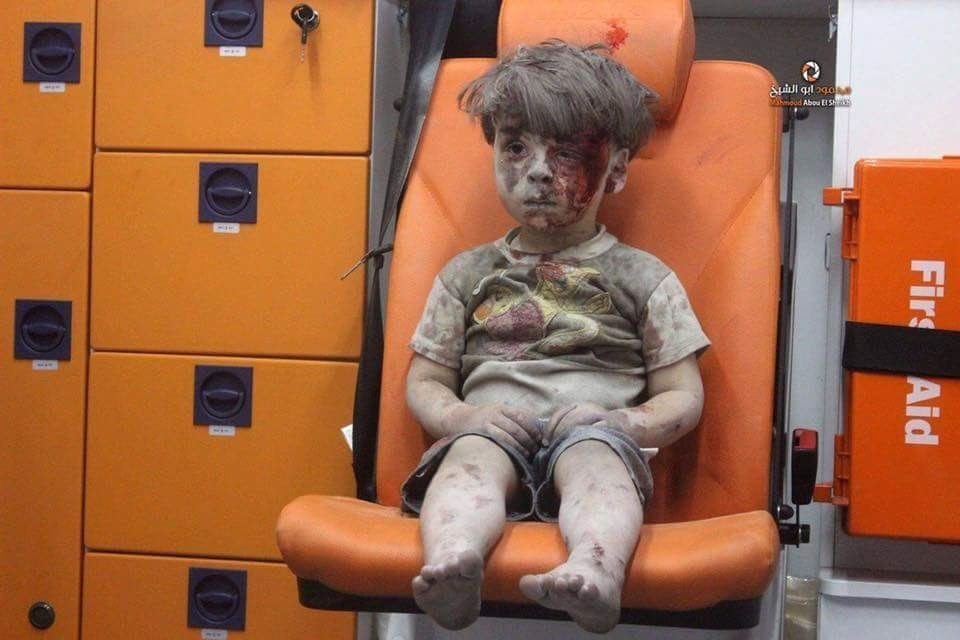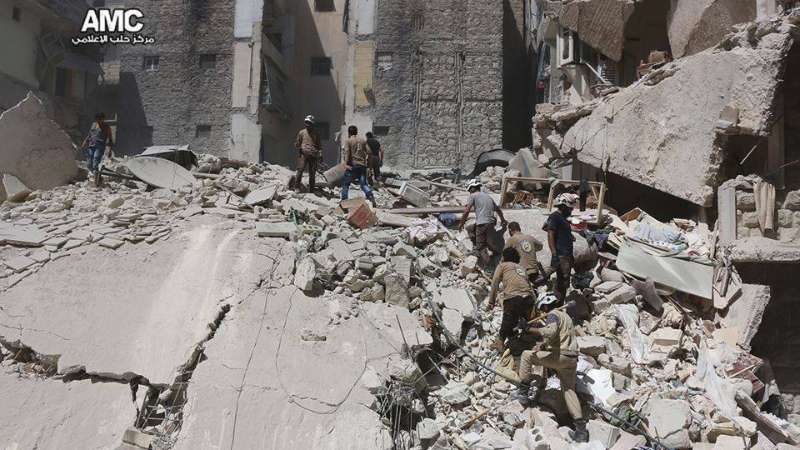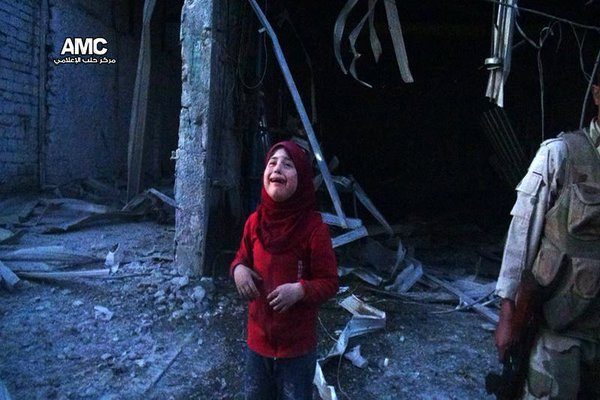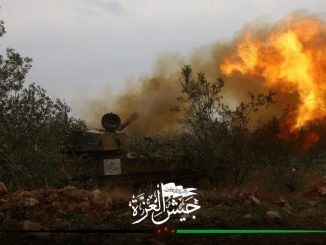
Surrounded by shouting, he’s completely silent. The child is small, alone, covered in blood and dust, dropped in the back of an ambulance with his feet dangling off the edge of a too-big chair.
He doesn’t cry or speak. His face is stunned and dazed, but not surprised. He wipes his hand over his wounded face, looks at the blood, wipes it off on the chair.
And he stares. The world is staring back.
The boy, identified by medical workers as Omran Daqneesh, 5, was pulled from a damaged building after a Syrian government or Russian airstrike in the northern city of Aleppo. He was one of 12 children under the age of 15 treated on Wednesday, not a particularly unusual figure, at one of the hospitals in the city’s rebel-held eastern section, according to doctors there.
But some images strike a particular nerve, for reasons both obvious and unknowable, jarring even a public numbed to disaster. Omran’s is one.
Within minutes of being posted by witnesses and journalists, a photograph and a video of Omran began rocketing around the world on social media. Unwittingly, Omran — like Alan Kurdi, the Syrian toddler who drowned last September and whose lifeless body washed up on a Turkish beach — is bringing new attention to the thousands upon thousands of children killed and injured during five years of war and the inability or unwillingness of global powers to stop the carnage.
In any event, by Thursday morning, Omran’s image had been broadcast and published around the world, and Syrians were sharing mock-ups of his photograph in memes that both cried for help and darkly mocked the futile repetitiveness of such pleas.
One, riffing on Omran’s officelike chair, showed him at a desk as if representing his country to the world.
https://twitter.com/sahloul/status/766062633514598400
Another pasted him like a silent accusation between President Obama and his Russian counterpart, President Vladimir V. Putin.
https://twitter.com/rafsanchez/status/766194260940955648
The drafting of Omran as an emblem of despair is not new; images of dead and injured children from Syria are shared daily on social media, many of them indescribably more harrowing. Pieces of children’s bodies being pulled from rubble are photographed with appalling regularity in a war of indiscriminate attacks, most often from Assad regime’s airstrikes.
But while the mind revolts against looking too long at those pictures, and many news media shun them as too gruesome, it may be the relatively familiar look of Omran’s distress that allows a broader public to relate to it.
In the case of Alan, the Syrian toddler who washed up on a beach last year, after his family tried to reach Europe on a smuggler’s boat, the child was dead. But his body was intact, lying in the sand as if sleeping, and dressed neatly with evident parental love for his big journey.
https://www.instagram.com/p/BJQJCowA15G/
Cases like Omran’s are a daily sight in eastern Aleppo, several doctors said, adding that he was lucky in that he made it to a hospital that was still open.
On Thursday morning, journalists from around the world were clamoring in an online chat group for more information about Omran and his family. But the doctors had moved on.
They were handling yet another influx from a bombing in the morning, later posting new images. A boy lay on the floor, his legs missing. A woman in black put her hand to her mouth in anguish.
Another boy lay on a gurney, soaked in blood, as a clinician worked on him. A few minutes later came another text message: The boy had died. His name was Ibrahim Hadiri, and there was a new photograph of his face, in which his eyes were closed.



